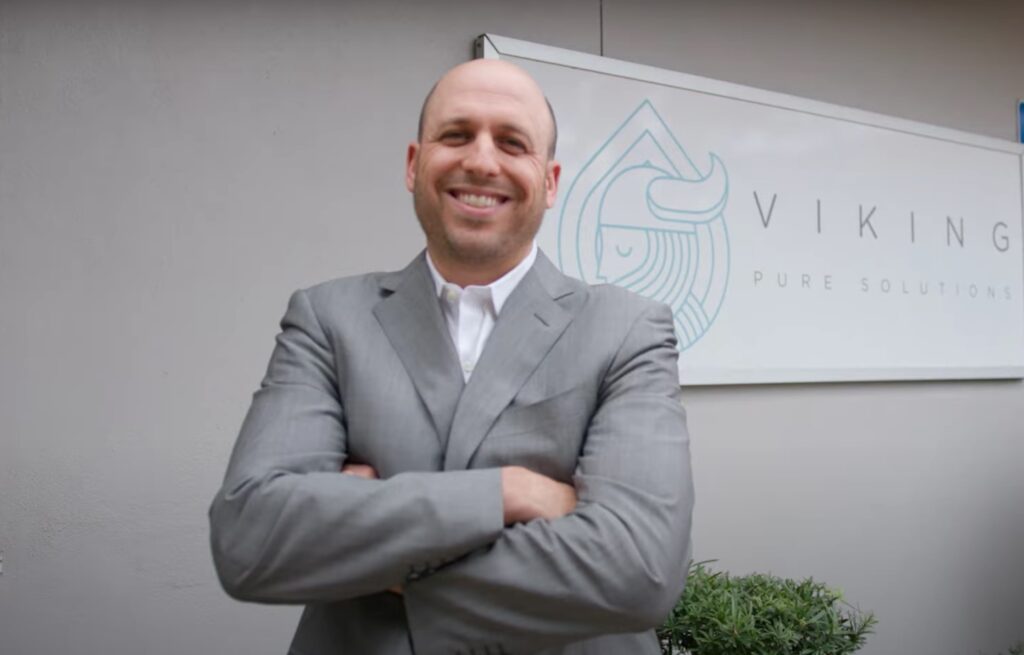Changing consumer attitudes are giving the concept of “sustainability” its day in the sun. Seventy-eight percent of Americans make a “sustainable lifestyle” a priority, while 60% factor it into their purchasing decisions. One-third are even willing to pay more for it.

Unsurprisingly, businesses have taken notice. A majority of CEOs agree that sustainability is essential for the success of their company, and in the corporate world, job titles like chief sustainability officer are proliferating accordingly.
But answering a survey is a lot easier than taking concrete action. The UN definition of sustainability—”meeting the needs of the present without compromising the ability of future generations to meet their own needs”—sounds nice, but it’s a world away from practical advice.
Let’s get beyond theories and buzzwords and down to brass tacks that will make your business better.
Understand Your Resource Use
It’s a cliché—but only because it’s true: you can’t manage what you don’t measure. Implementing a sustainability plan requires a top-to-bottom accounting of how resources are used in your facility. There isn’t space for a comprehensive review in a single article, so to get you started, here are a four important areas to cover:
1. HVAC/Energy Use
In the United States, HVAC systems account for about half of the energy we use, as well as 40% of carbon emissions (which doesn’t include manufacturing, transport, and construction). Fortunately, using the most up-to-date technology can help you conserve energy and save money. The same goes for tailoring temperature settings to different parts of your facility—e.g., the elevator may not need to be as cool as the lobby.
2. Waste Management
There’s more to effective waste management than taking out the trash. In fact, it’s closer to the opposite: preventing as many products as possible from making it to the landfill in the first place.
Start by evaluating what your business discards regularly (paper products, plastic, and food are common culprits). Then ask: how can those materials be reused or repurposed within your own facility? If they can’t be, are there alternatives that allow for repeat use? How can you intentionally plan your purchases to minimize waste of, say, something like cleaning products and the packaging they come in?
Acting on the answers will not only boost your sustainability, but also save you money on materials.
3. Materials
If you’re building a new facility or renovating an existing one, consider sustainable alternatives to traditional materials. This can include naturally occurring materials that regenerate quickly, such as cork or bamboo. Many sustainable materials use less energy and require less maintenance, which should certainly be factored into any cost considerations.
Another option is to take advantage of a second life-cycle of something more conventional, like recycled steel or reclaimed wood.
4. Cleaning and Disinfection
Cleaning and disinfection are easy to overlook, but getting them right can yield significant dividends. Unfortunately, there are all too many ways to go wrong.
Some conventional cleaning chemicals contain harmful ingredients such as VOCs, which can worsen indoor air quality and lead to significant health effects. Other cleaning chemicals enter the environment through streams and rivers, as does the plastic packaging in which they are shipped.
So-called “green” cleaners aren’t always much better. Because this and similar terms (e.g. natural, sustainable, or eco-friendly) have no formal definition—let alone regulatory enforcement—it’s easy for companies to deploy them as mere marketing ploys (a tactic known as “greenwashing”).
Look for products that have been validated by trustworthy third parties such as the EPA’s Safe Choice label, EWG Verified, and Green Seal—and then supplement their recommendation with your own research so you feel confident and informed about what’s being used in your facility. As in all the areas we’ve discussed, achieving sustainability in your facility will be well worth the effort.

Joshua Schwartz is president and co-founder of Viking Pure Solutions. He is also an an active developer of medical real estate and supportive housing. Prior to Viking Pure, Schwartz was the president of an Article 28 diagnostic and treatment center.
Editor’s note: The views expressed in this article are the author’s and do not necessarily reflect those of Facilities Management Advisor.
